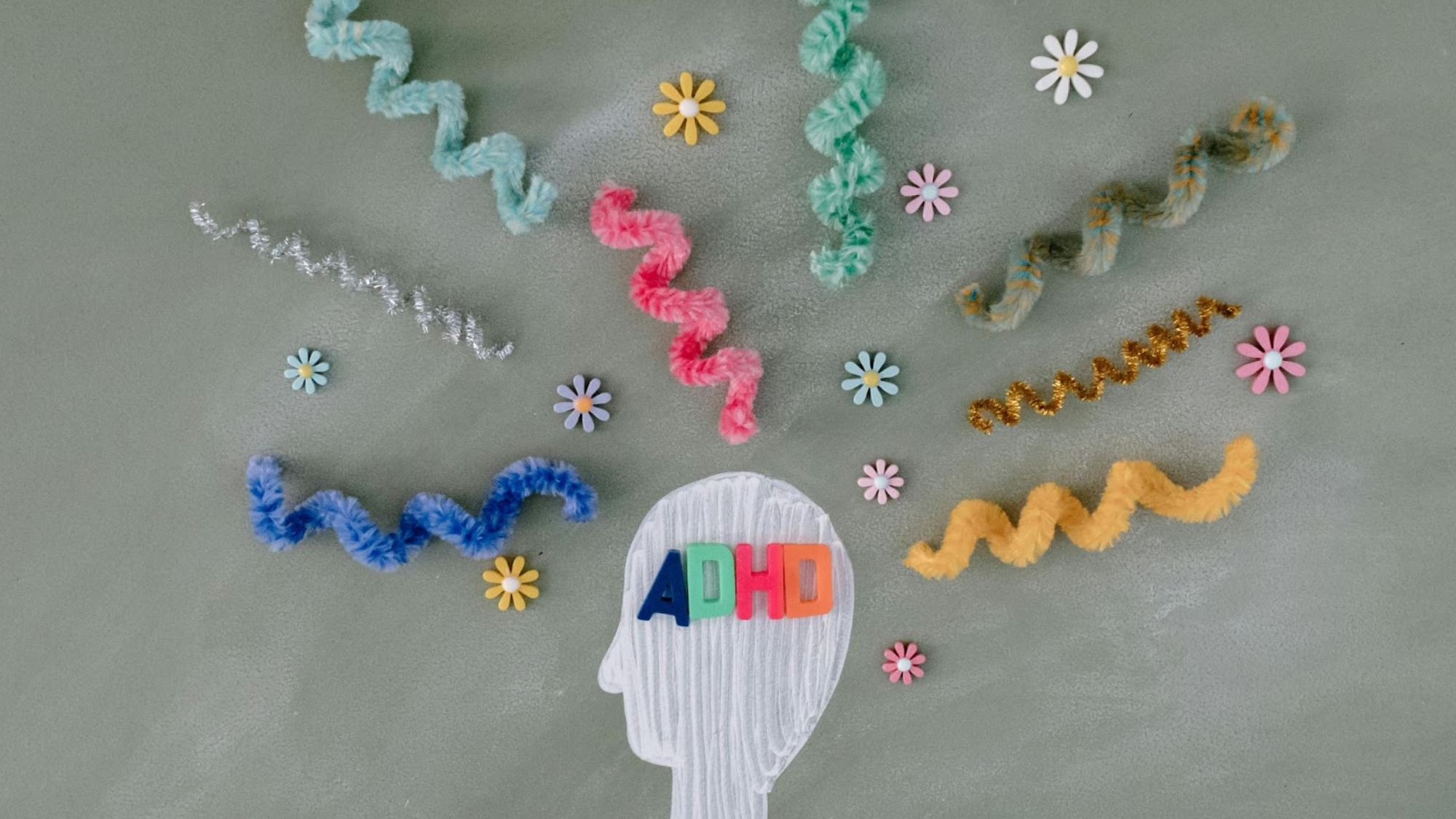August 5, 2025
Brain imaging ADHD and ADHD brain differences—see how stimulant meds may normalize structure and function.

Attention-Deficit/Hyperactivity Disorder (ADHD) is one of the most prevalent neurodevelopmental disorders affecting children worldwide. It is characterized by persistent patterns of inattention, hyperactivity, and impulsivity that impair daily functioning. While the behavioral manifestations of ADHD have been extensively studied, its underlying neural mechanisms have remained elusive until recent advancements in neuroimaging technology. In particular, neuroimaging studies have shed light on the abnormal brain function and structure observed in children with ADHD. These studies have indicated alterations in regions responsible for executive functions, attention, and reward processing. Furthermore, there has been growing interest in the potential effects of stimulant medications, the primary pharmacological treatment for ADHD, on brain structure and function.
The extract under consideration presents findings from a cross-sectional study aimed at investigating the impact of stimulant medications on brain structural abnormalities in children with ADHD. Utilizing latent class analysis and linear mixed-effects models, the study analyzed a large and diverse sample of children aged 9-11 from the Adolescent Brain and Cognitive Development (ABCD) Study. By comparing children with low ADHD symptoms receiving stimulant medication (Stim Low-ADHD), children with high ADHD symptoms without medication (No-Med ADHD), and typically developing controls (TDC), the study provides valuable insights into the neurobiological effects of ADHD and the potential role of stimulant medications in ameliorating brain structural abnormalities. [Read the full article here]
A complex interplay of genetic, environmental, and neurobiological factors characterizes ADHD. Neuroimaging studies have consistently reported structural and functional abnormalities in key brain regions implicated in ADHD, including the prefrontal cortex, striatum, and cerebellum. These abnormalities manifest as alterations in cortical thickness, subcortical volumes, and functional connectivity, contributing to the characteristic symptoms observed in individuals with ADHD.
The right insula and left nucleus accumbens are two brain regions of particular interest in the context of ADHD. The insula plays a crucial role in processing saliency, interoception, and emotional regulation, while the nucleus accumbens is involved in reward processing and motivation. Dysfunction in these regions has been linked to the core symptoms of ADHD, such as difficulties in attentional control, impulsivity, and reward sensitivity.
Stimulant medications, including methylphenidate and amphetamines, are the cornerstone of pharmacological treatment for ADHD. These medications modulate neurotransmitter systems, particularly dopamine and norepinephrine, which are implicated in the pathophysiology of ADHD. While stimulants have been shown to reduce ADHD symptoms effectively, their effects on brain structure have been a subject of debate and investigation. The current study addresses this gap by examining the impact of stimulant medications on brain structural abnormalities in children with ADHD. By comparing structural measures between Stim Low-ADHD, No-Med ADHD, and TDC groups, the study aims to elucidate the potential neurobiological effects of stimulant treatment.
The study employed a cross-sectional design utilizing data from the ABCD Study, a large-scale longitudinal investigation of brain development in children. A total of 273 children with low ADHD symptoms receiving stimulant medication (Stim Low-ADHD), 1002 children with high ADHD symptoms without medication (No-Med ADHD), and 5378 typically developing controls (TDC) aged 9-11 were included in the analysis.
Neuroimaging techniques, including structural MRI, were used to assess brain structural measures such as cortical thickness and subcortical volume. Latent class analysis and linear mixed-effects models were employed to estimate the impact of stimulant medications on brain structure while controlling for relevant covariates, including demographic and clinical measures.
The study's results revealed significant differences in brain structural measures among the three groups. Children with high ADHD symptoms (No-Med ADHD) exhibited lower cortical thickness in the right insula. They reduced subcortical volume in the left nucleus accumbens compared to Stim Low-ADHD and TDC groups. These findings suggest structural abnormalities in brain regions associated with saliency and reward processing in children with ADHD. Furthermore, no significant differences in brain structural measures were observed between Stim Low-ADHD and TDC groups, indicating that stimulant medications may normalize these abnormalities. This suggests that beyond symptom improvement, stimulant medications may have beneficial effects on brain structure in children with ADHD.
The study provides valuable insights into the neurobiological effects of stimulant medications on children with ADHD. By leveraging neuroimaging data from a large and diverse sample, the study sheds light on the structural abnormalities observed in key brain regions implicated in ADHD. Furthermore, the findings suggest that stimulant medications may not only alleviate ADHD symptoms but also normalize these brain structural abnormalities, particularly in areas involved in saliency and reward processing.
These findings have important clinical implications for the treatment of ADHD and underscore the need for further research to elucidate the mechanisms underlying the neurobiological effects of stimulant medications. By advancing our understanding of the neural basis of ADHD and its treatment, this study contributes to the development of more targeted and effective interventions for children with ADHD.

At Integrative Psych, situated in NYC, we specialize in delivering top-tier, evidence-based treatment for ADHD. Our seasoned therapists are dedicated to tailoring treatment plans to suit each individual's unique needs and challenges. Our primary objective is to assist you in effectively managing ADHD symptoms and enhancing your daily functioning. Whether you or a family member are navigating ADHD, our committed team is here to offer comprehensive assessments and interventions to improve your quality of life. In New York, families grappling with addiction often seek the expertise of a child psychiatrist specializing in addiction therapy. These professionals provide tailored support and interventions to address substance use disorders in children, offering a beacon of hope for families navigating this challenging journey. Contact our expert Adult ADHD psychiatrists and Child ADHD psychiatrists today for personalized support and guidance. Contact us at (646) 893-8935 or info@psych-nyc.com. For further inquiries, visit our Contact Us page.
nonstimulant medication adhd | Integrative Psych
Neurofeedback and ADHD | Integrative Psych
ADHD, its Diagnosis, Treatment, and Understanding | Integrative Psych
Medication treatment for ADHD | Integrative Psych
Attention, Boredom, and ADHD | Integrative Psych
Child Development and ADHD | Integrative Psych

We're now accepting new patients
